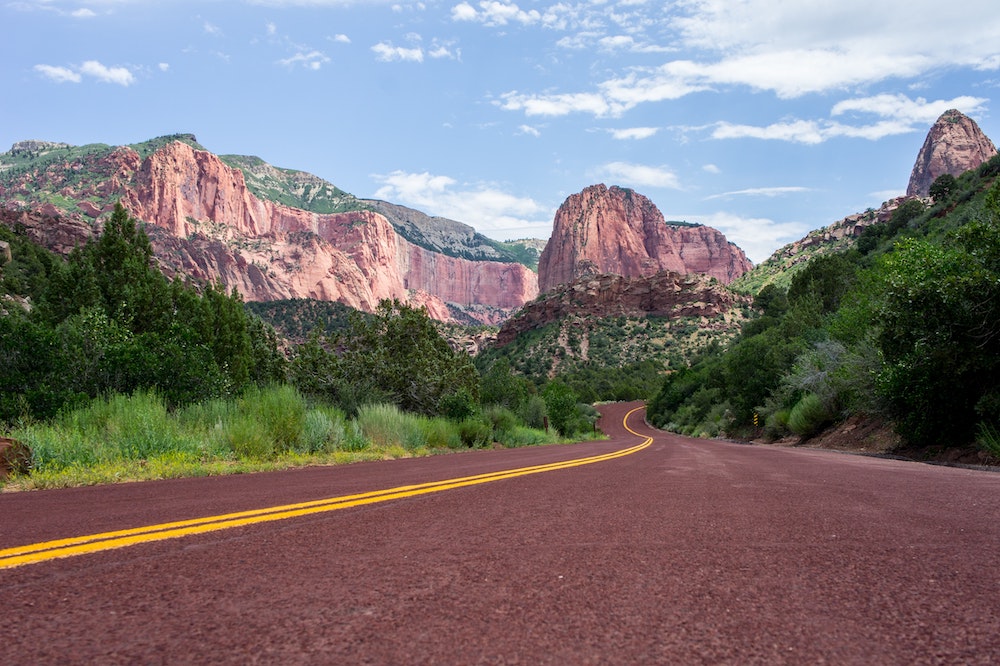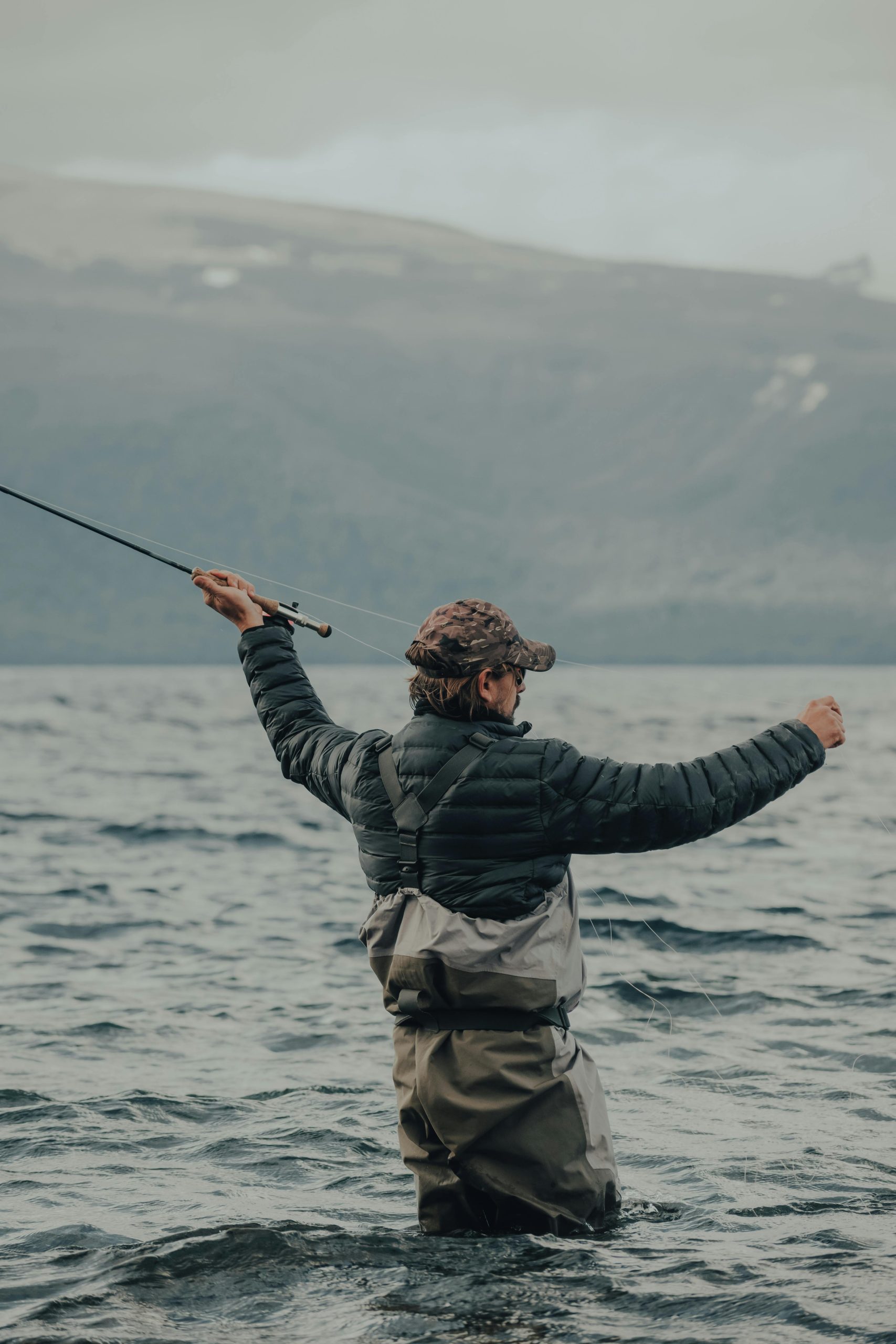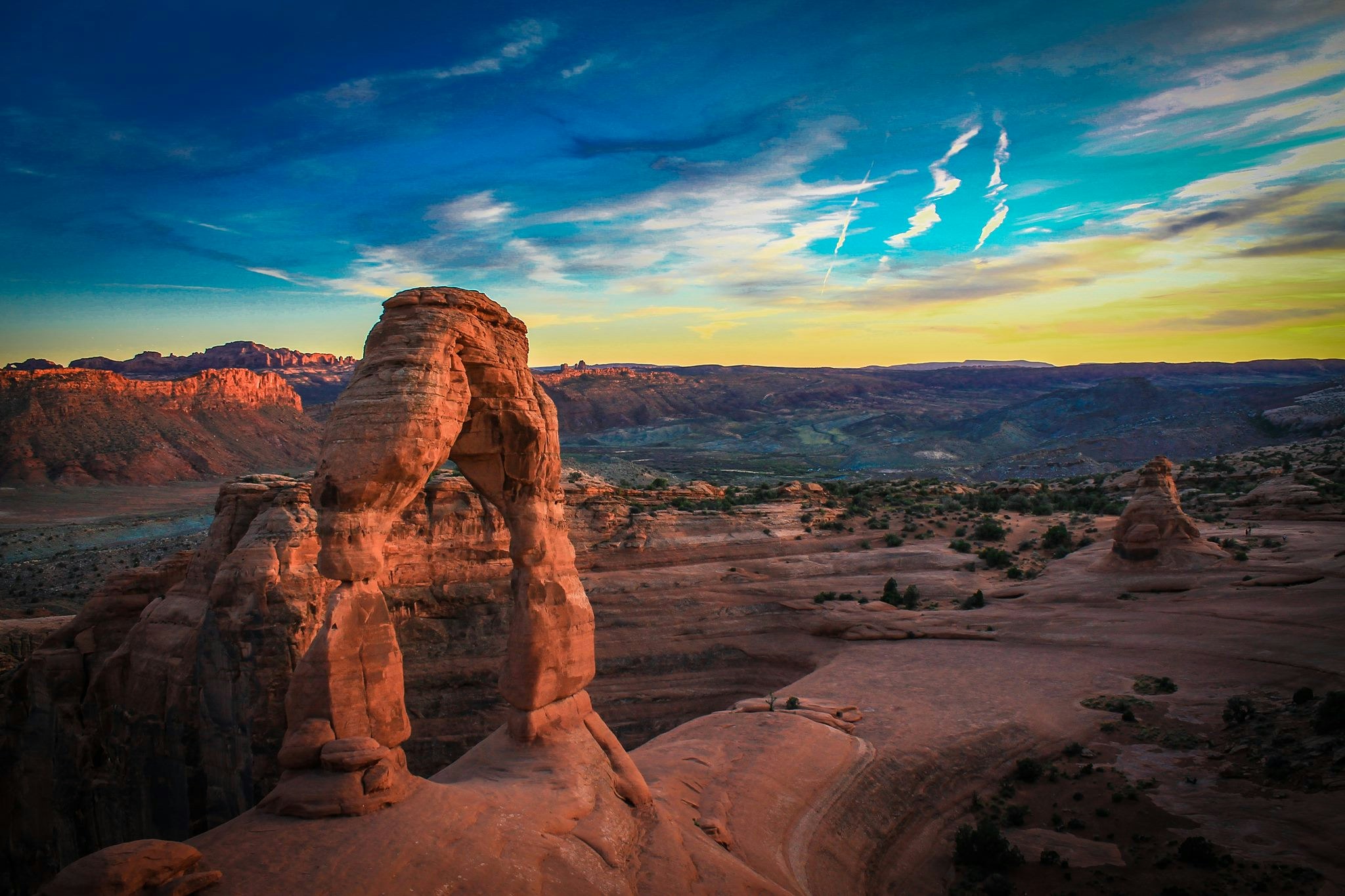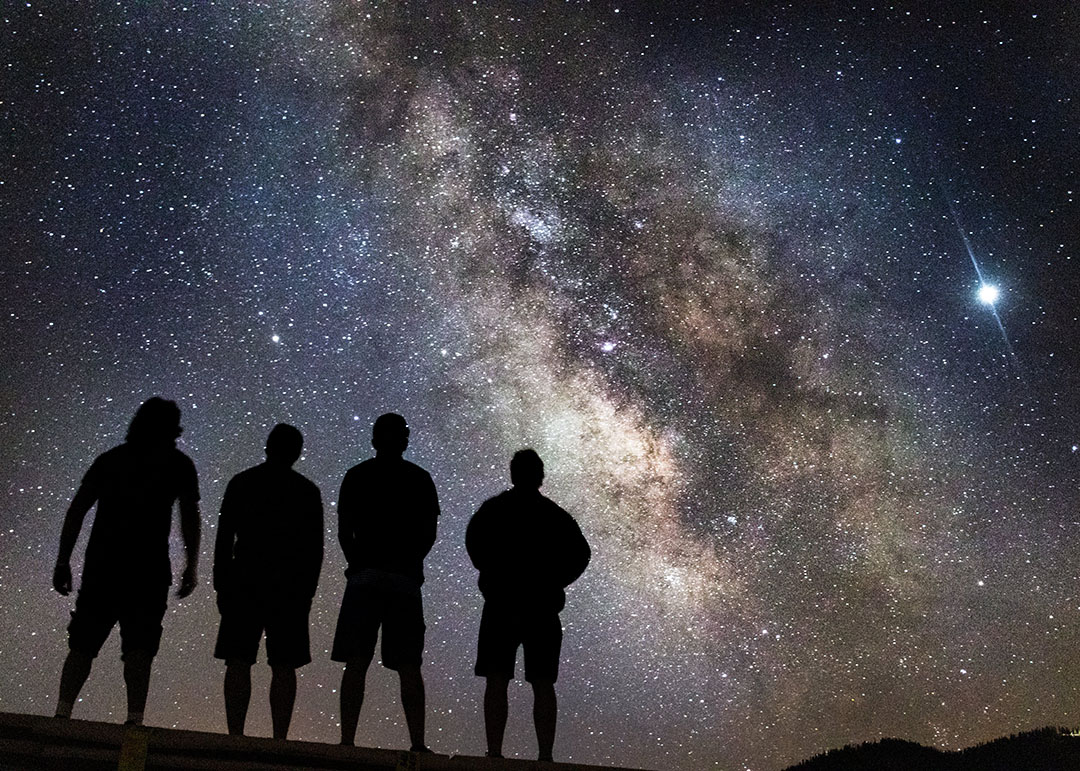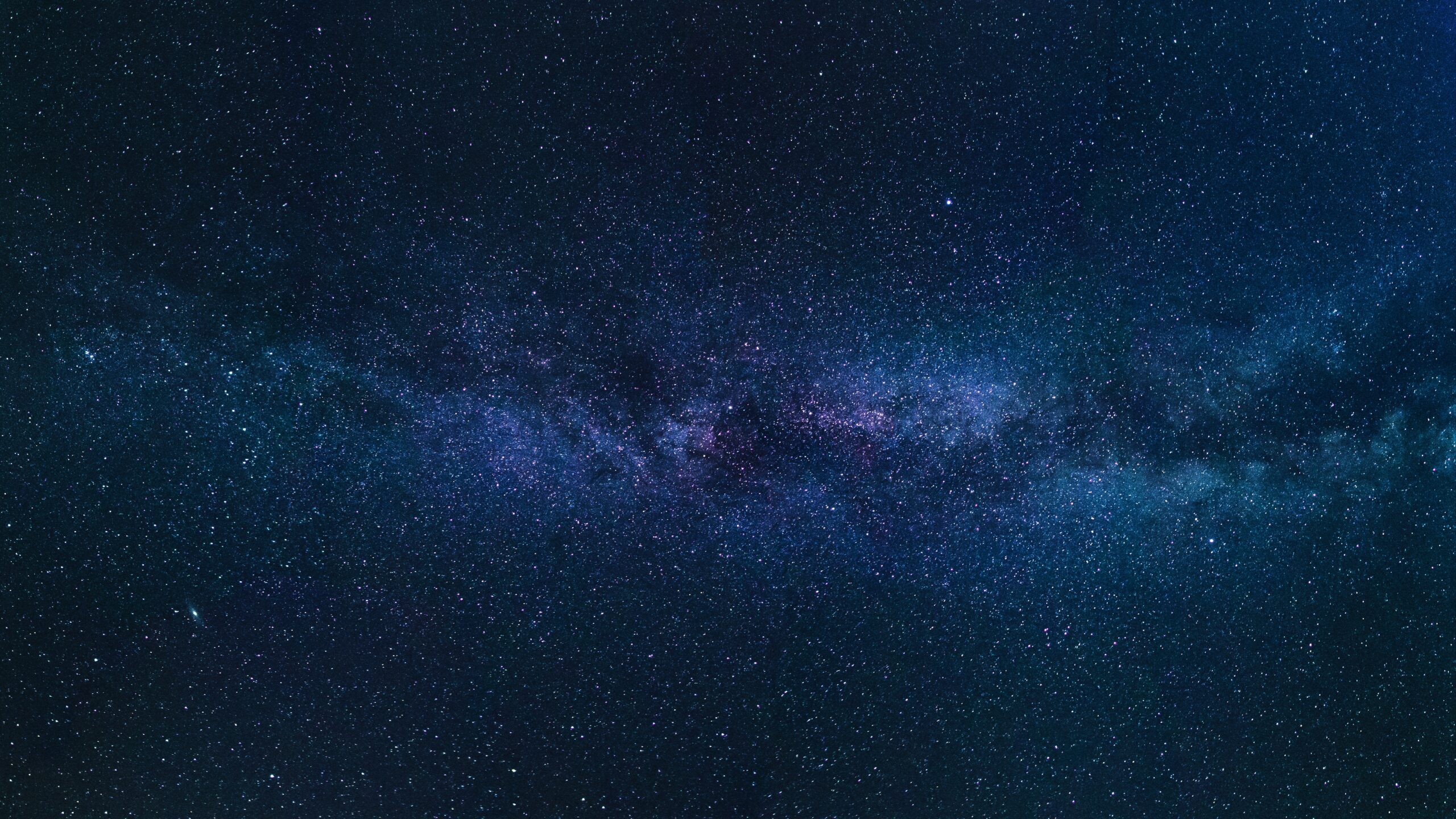The 54-mile stretch of highway that runs through the beautiful Zion National Park offers an unparalleled scenic view of some of the most sublime landscapes in the world. The intersection of Highway 9 and Interstate 15 is the beginning of the route if you’re entering from the west. It ends at the intersection of Highway 89 and Mount Carmel Junction, lasting a total time of 1.5 hours.
One of the major landscapes within the park is the Zion Canyon. It is a deep and narrow gorge formed by the Virgin River, which still runs through the canyon to this day. Zion Canyon is a living and dynamic landscape as the Virgin River continues to displace 1 million tons of sediment annually. The Temple of Sinawava, located at the beginning of the canyon, forms a naturally shaped amphitheater that extends 3,000 feet deep.
Virgin River
Much of the drive runs alongside the Virgin River. Utah designated this 162-mile-long river as its first wild and scenic river in 2009. They named it in honor of Thomas Virgin, the first American settler to lay eyes on the river, who later met his demise in an attack by the native Umpqua people.
Tunnel
In the lower portion of Zion Canyon, you’ll drive through one of the most ambitious civil engineering projects of the early 20th century. A 1.1-mile-long tunnel that cuts directly through the Grand Arch. The tunnel construction started in 1927 and was completed in 1930, and it is still in use today. At the time that it was built, the tunnel was the longest non-urban tunnel in the United States. It was finally added to the National Register of Historic Places in 1987.
Biomes
After driving through the tunnel, the vast canyon opens up before you in a spectacular display. One interesting feature of the canyon is that it is home to four different life biomes. They are desert, woodland, coniferous forest, and riparian (the fertile strips of land that run along the sides of rivers). This makes the Zion Canyon extremely biodiverse and home to numerous different species of flora and fauna.
Archaeological Sites
Zion National Park also houses many archaeological sites. Human habitation began there over 10,000 years ago when the first Native Americans settled in the area. Remnants of settlements and granaries stand as a testament to the people of the area who first conquered these stunning landscapes.
Checkerboard
The Canyon is home to the Checkerboard Mesa. This unique geological feature is covered in cross-hatched lines that give the 900-foot hill a distinct checkerboard appearance. The sandstone in the hill has vertical line formations caused by continuously contracting and expanding action due to temperature changes. The horizontal lines are caused by erosion from the wind and combined they create an unforgettable display.
Ghost Town
This drive also allows you to drive by the Grafton ghost town. Originally founded in 1859 through an expansion project initiated by Brigham Young, the town was abandoned due to frequent flooding. The last residents left in 1944. Since then, the town has been used as a filming location. It is even featured in the famous Butch Cassidy and the Sundance Kid!
Conclusion
With its rich history and one-of-a-kind geological features, Zion National Park remains one of the most alluring tourist destinations in the United States. Book your trip now and stay at one of the immaculate retreats provided by Ferber Resorts. Take a few extra days off work, because there’s so much to see that you won’t want to go home.

